When you are relaxing on the veranda of a hotel or even a private home. You open a bottle of wine to share with loved ones. You will probably have to pull a cork out of the bottle to actually pour the wine.
Cork has been a staple in our lives for centuries, from bottle stoppers to bulletin boards. But what exactly is it made of? It turns out that cork is composed of the thick, spongy bark of the cork oak tree. This unique material has several properties which make it ideal for use in a variety of applications, from sealing bottles to providing insulation.
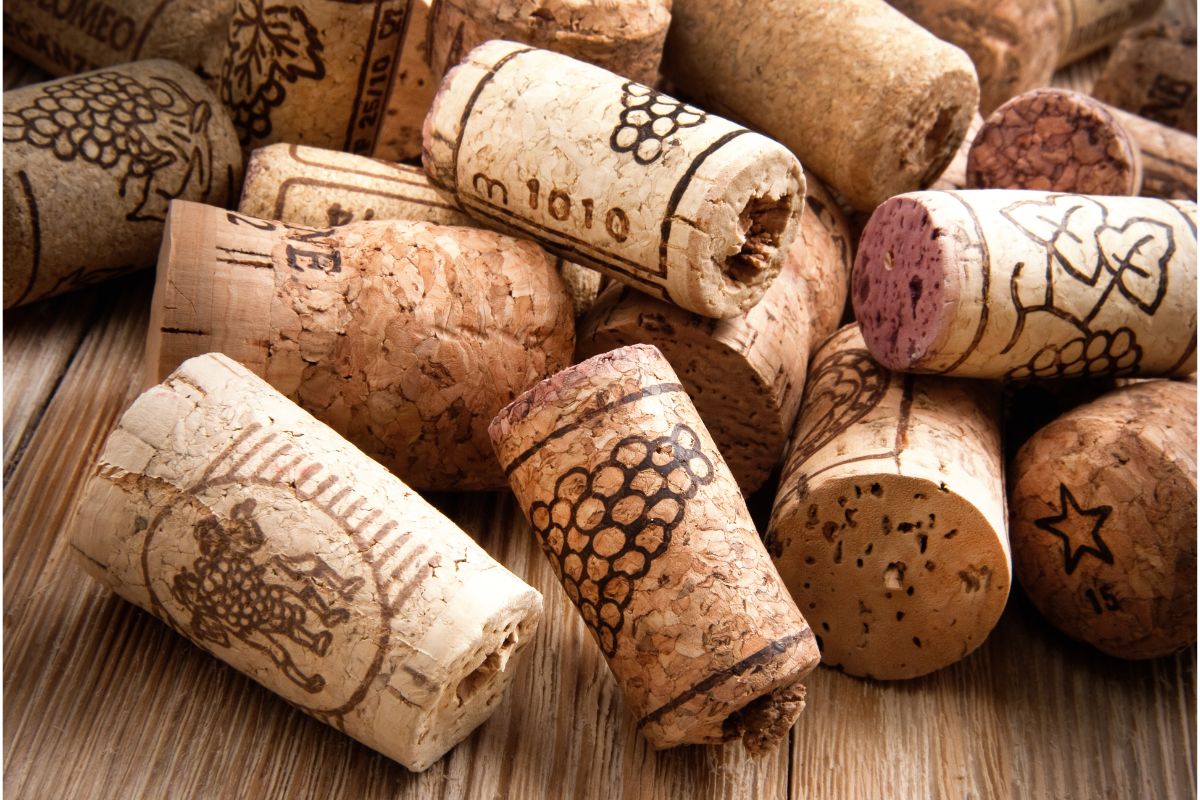
What material is used to make a wine cork?
Wine corks are a key part of the wine experience, but what material is used to make them? It’s important to understand the types of materials that go into making a wine stopper so you can choose the best one for your next bottle.
The most common type of stopper used in winemaking is natural cork. Natural corks are made from the bark of a cork tree and are harvested by stripping off thin layers from the trunk. This is repeated every 7-10 years on a cork tree. The corks are drilled from cork planks which are stripped from cork trees.
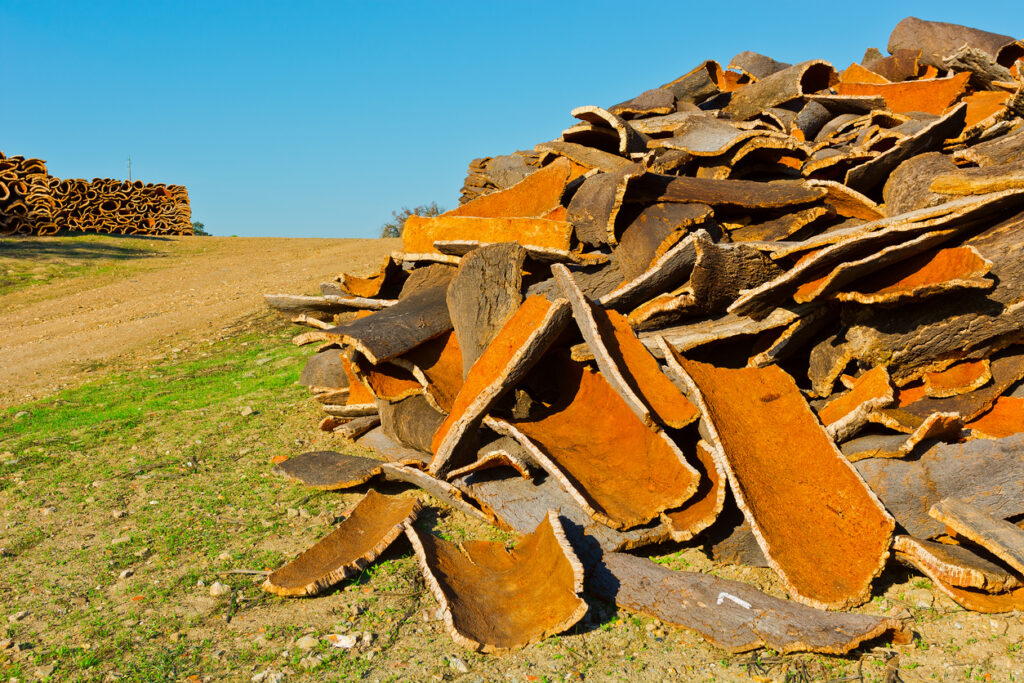
Natural cork has been used for centuries and provides a tight seal that helps protect flavor and prevent spoilage.
In addition to natural corks, there are also synthetic corks made from low density polyethylene, glass or simple aluminium screw caps which are able to close a bottle of wine. The properties are not similar to natural cork therefore they are used for different types of wine.
Why is cork used ?
Cork has been the traditional choice for sealing wine bottles since the 1800s. The unique properties of cork make it an ideal material for a wine stopper. Cork is naturally watertight and elastic, allowing it to expand into the neck of a bottle and create an airtight seal when a bottle is closed. It also helps to preserve the flavor and aroma of each individual type of wine in storage.
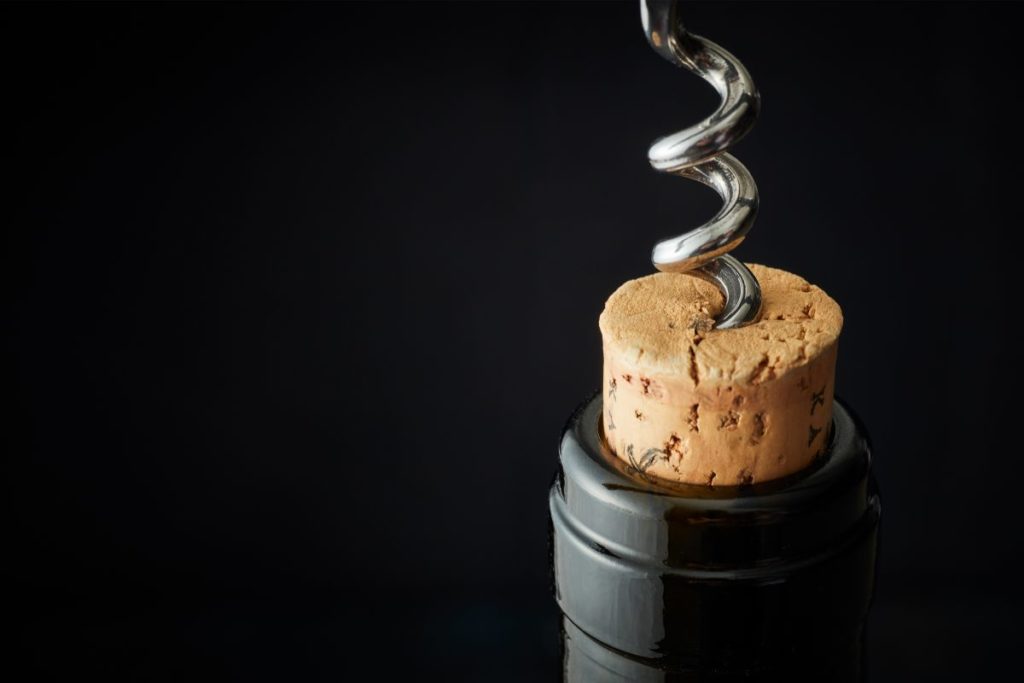
The smooth texture helps protect against leaking or spilling, while still being easy to remove with reasonable effort. Cork also offers superior insulation compared to other materials, protecting wines from extreme temperatures that can damage their taste and integrity over time.
The natural appearance of cork makes it aesthetically pleasing as well; its traditional look adds sophistication to any table setting or bar area.
Cork oak tree
The cork oak tree (Quercus suber) is an iconic species of oak found primarily in Portugal and Spain in cork forests. A key component of the Mediterranean landscape, cork oak trees have been harvested for centuries for their unique bark. This bark is used to make a variety of products, from stoppers to insulation material.
In addition to its economic importance, the cork oak tree holds significant cultural significance throughout both Portugal and Spain. The forests in which they grow have been declared UNESCO World Heritage Biosphere Reserves due to their immense beauty and natural heritage value.
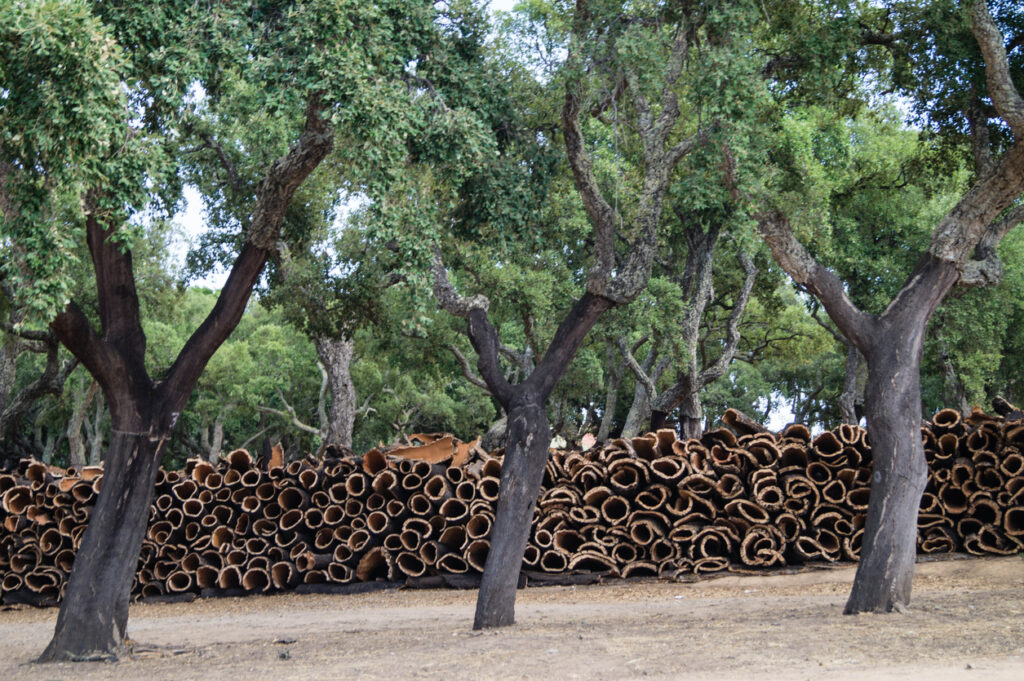
In recent years it became more difficult to obtain cork from a cork oak forest as a large number was damaged by forest fires in the mediterranean region.
Cork oak stoppers
Cork oak stoppers are a popular choice for wine bottles, beer bottles and other bottled spirits. In particular, cork stoppers have become a staple in the wine industry due to their ability to keep wines fresh and preserve flavor over time.
The cork oak tree (Quercus suber) is an iconic species of oak found primarily in Portugal and Spain. A key component of the Mediterranean landscape, cork oak trees have been harvested for centuries for their unique bark. This bark is used to make a variety of products, from wine stoppers to insulation material.
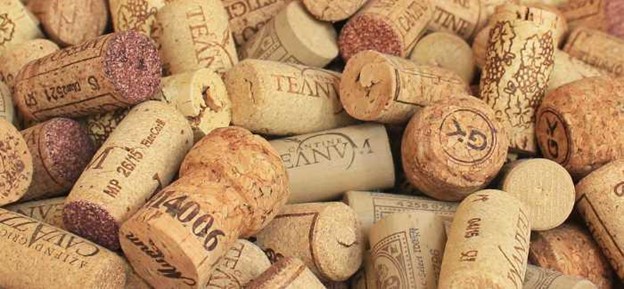
Other cork products cork bark is used for are insulation and decorative materials as coasters you can use to put glass bottles on. Therefore this product is 100 % natural material.
Single piece cork
They are produced by drilling cork out of the bark of cork trees. Single piece cork stoppers are more expensive than their granulated counterparts. Non granulated natural wine corks cost 1-2 USD per cork.
They provide a perfect seal for the wine which only allows a minimum of oxygen to permeate into the bottle. Single piece corks are used for more expensive wines and wines which need to be stored for a longer time.
Agglomerated cork stoppers
They are made from the granulated bark of cork oak trees. These stoppers are composed of granulated cork that is compressed together into one piece or multiple pieces. Because of its natural properties, this material provides an air-tight seal that prevents oxidation and evaporation while also allowing enough space so as not to force out any carbon dioxide or sediment.
Agglomerated cork lets more air permeate into the wine than their single piece counterparts. Therefore thy are used as cork stopper for wines which will be consumed within 1-5 years after being bottled.
Granulated cork stoppers are less expensive than a natural or a single piece cork but they can be adapted to their end use for example for sparkling wines. They cost between 0,10 – 0,75 cent per cork. Granulated cork can be easily purified to remove impurities which impact the flavor of the wine.
Cork stoppers for Sparkling wine
When it comes to sparkling wines and Champagnes, there is no doubt that the cork stopper plays an important role in the overall flavor of the beverage. A cork stopper is essential in preserving and protecting the bubbles that give these wines their character. But every cork stopper is created equal, which is why many winemakers have turned to agglomerated cork stoppers for a superior seal.
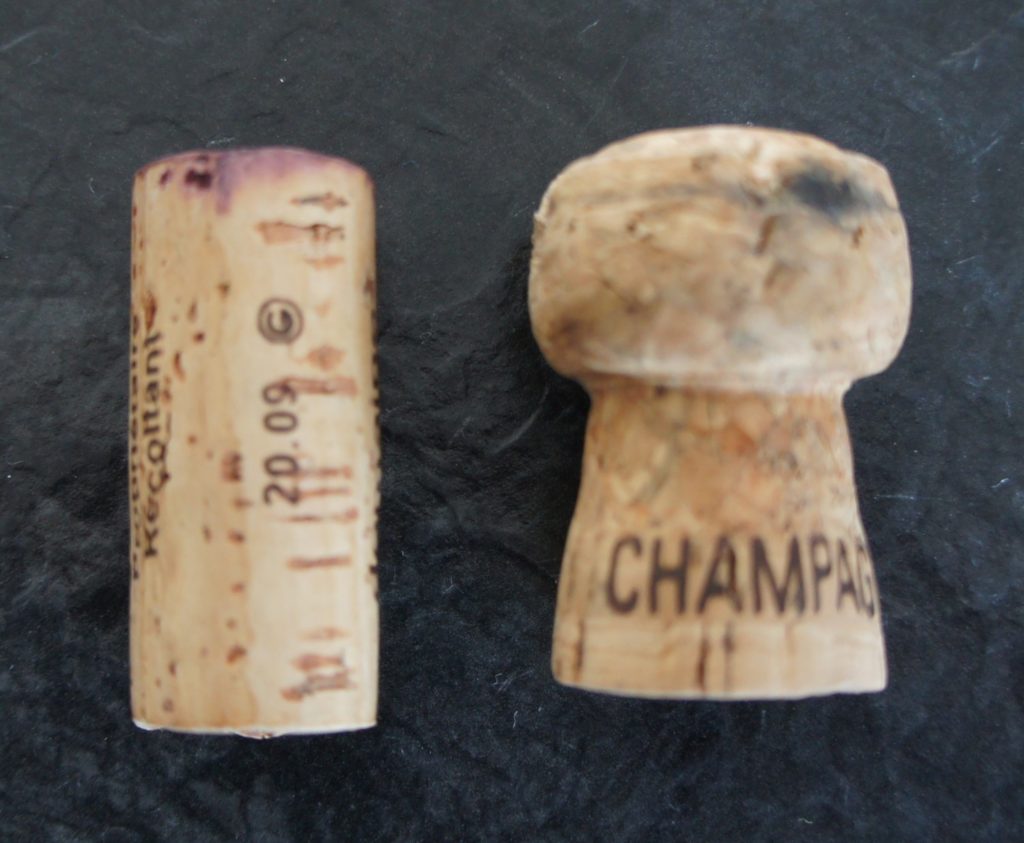
They need to withstand a pressure of up to 8 bar for Champagne. Therefore a multilayer agglomerated cork is made of micro-agglomerate cork. Two discs of solid natural cork are placed on the bottom, where the cork meets the wine. Only approved food-grade glues are used in the process.
Synthetic cork
Synthetic cork wine stoppers are a great alternative to traditional corks or screw-top caps. They are made with low-density polyethylene (LDPE) and offer superior air permeability compared to other types of stoppers.
Synthetic cork can only be used for short-term storage of wines, as their higher permeability of oxygen increases spoilage over time. They are less expensive than natural cork products but they add to the high volume of produced plastic waste. Synthetic cork allows a lot of creativity with regards to the colour of the cork as well as laser printing logos on it.
Aluminium screw caps
Aluminium screw tops have become a popular option for wine bottle stoppers in recent years. This convenient sealing method offers both practical and aesthetic benefits that make it an attractive choice for winemakers and consumers alike. As aluminium is a lightweight yet durable material, these twisted caps provide robust protection at the same time as ensuring bottles are easy to transport.
Aluminium screw tops prevent any permeation of oxygen into the wine. Therefore they are used for wines which are supposed to keep their original flavor and don`t need any oxidation. You find screw caps for a large number of medium to high prices white wines from New Zealand, red and white wines from Austria and North America.
Glass stoppers
They provide a far superior seal than traditional corks. They form an airtight barrier that eliminates oxidation and keeps the bouquet from escaping. Furthermore, glass stoppers allow for easier removal due to their secure grip on the bottle opening – making them ideal for those who often find themselves struggling with corked bottles!
Aluminium screw caps fulfill a similar purpose and are easier to handle therefore limiting the use of glass stoppers.
Where Does Corked Wine Come From?
Corked wine, a despised and perhaps all-too-common flaw in many wines, is caused by the presence of Chlorophenols and 2,4,6-Trichloroanisole (TCA) in particular. Corked wine has a musty or moldy taste that can significantly reduce the flavor profile of the intended wine. It’s no wonder why corked wine is so unwelcome to oenophiles around the world.

So where does this dreaded corked wine come from? Chlorophenols were used as pesticides or for curing leather until the early 1980. Theyare naturally present in both cork oak trees and their bark to a limited amount. TCA only forms until yeast which is present in the early stages of wine production interacts with chlorine compounds that TCA can form. The TCA blocks your olfactory receptors to smell the fruityness of the wine. This leaves only the earthy, mineral or even moldy aroma you perceive.
Can I Still Drink Corked Wine?
Taste tests have shown that at concentrations as low as 5 parts per trillion. TCA will spoil the flavor and aroma of wine. It makes it unappealing to consumers who are used to high quality wines. Although this concentration may not be toxic, some experts advise against consuming corked wines due to potential health risks associated with TCA.
From our point of view neither drink wine which is corked or use it from cooking as it tastes horrible!
Does every cork have cork taint?
The overall risk for a tainted cork is estimated by the cork industry at 1 % of all corks but wine experts estimate it to be higher. You have the risk to have a cork with taint especially for wines which were bottles until the end of the 1990ies as no techniques to eliminate TCA were available.
Cork manufacturers have started to use wine stoppers for which are made from granulated cork. It was purified with supercritical carbon dioxide to remove any potential TCA. Another approach for single piece cork is to test every cork with rapid modern detection methods to eliminate the ones containing TCA. This is only used for high value wines as it adds about 1-2 USD per cork.
How to detect cork taint?
You can`t detect corked winebefore you open the bottle of wine ! The first step is to open the bottle and to smell the part of the cork which was in contact with the wine. You quickly realize if the cork is tainted or not. In some cases you only realize that the cork is tainted after you let the wine brethe for some time.
The wine you are drinking can also influence how easily you detect a tainted cork. Due to its lighte body Pinot Noir makes it easier to detect corked wine. A full bodied Cabernet Sauvignon hides the aroma of tainted cork. Oak aging makes it more difficult to detect the musky smell of TCA.
Conclusion
Cork is made of the inner bark of the Cork tree. It was used for centuries as a wine bottle stopper. Modern alternatives are available but can only be used for limited applications. Nowadays TCA (trichlorophenol) is found in some corks. It ruins the flavor of the wine but techniques are available to solve this problem. Enjoy your wine!

